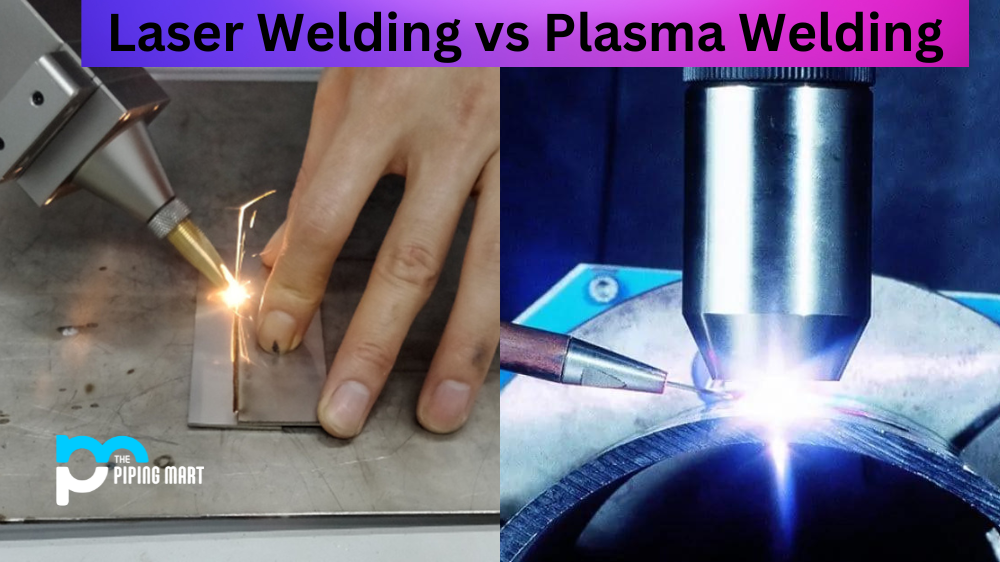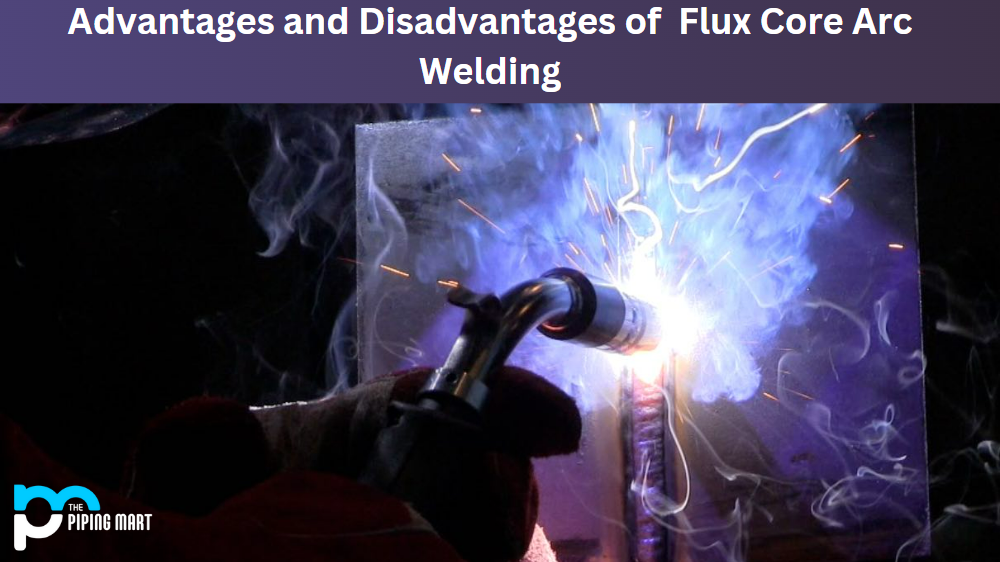If you’re a welder, chances are you’ve heard of laser welding and plasma welding. But what makes them different? Here, we will discuss the pros and cons of both types of welding so that you can make an informed decision on which one is best for your project.
Laser Welding
Laser welding is a type of welding process in which a beam of light from a laser is used to heat two pieces of metal until they melt together. This process produces a very high-quality weld with minimal distortion. The benefit of laser welding is its precision; it can be used for smaller parts that require intricate attention to detail, as well as larger parts where the small size helps reduce the amount of heat input into the workpiece. However, it does require specialized equipment and training to operate correctly, making it more expensive than other types of welding processes.
Plasma Welding
Plasma welding is a type of welding process in which an electric arc is created between two pieces of metal that are held together by clamps or other devices. The arc heats the material until it melts and joins together. One advantage to plasma welding is that it can be used on thicker materials than laser welding can handle, making it ideal for large-scale projects such as construction, industrial machinery or buildings. It also requires less specialized equipment than laser welding, making it less expensive overall. However, since the arc produces more heat than a laser beam would, plasma welding tends to create more distortion in the workpiece and can be difficult to control if not done correctly.
Difference Between Laser Welding and Plasma Welding
Types of Lasers
Laser welding can be performed with a variety of different types of lasers, including CO2 lasers, fibre lasers, and Nd: YAG lasers. Each type of laser has its own advantages and disadvantages. For example, CO2 lasers are the most commonly used type of laser for welding, as they are relatively inexpensive and easy to operate. However, they are not as powerful as fibre or Nd: YAG lasers.
Types of Plasma Welding
Plasma welding can also be performed with a variety of different types of plasma torches, including gas tungsten arc plasma torches (GTAW), gas metal arc plasma torches (GMAW), and electron beam plasma torches (EBP). Each type of plasma torch has its own advantages and disadvantages. For example, GTAW plasma torches are the most commonly used type of plasma torch for welding, as they are relatively inexpensive and easy to operate. However, they are not as powerful as GMAW or EBP plasma torches.
Advantages of Laser Welding
Laser welding has a number of advantages over traditional welding methods, such as arc welding and oxy-fuel welding. First, laser welds can be made with very high precision due to the narrow beam of the laser. Second, laser welds can be made very quickly, as the beam can heat the metal to its melting point in a matter of seconds. Third, laser welds tend to be very strong and have low levels of distortion.
Advantages of Plasma Welding
Plasma welding also has a number of advantages over traditional welding methods, such as arc welding and oxy-fuel welding. First, plasma welds can be made with very high precision due to the narrow beam of the plasma torch. Second, plasma welds can be made very quickly, as the beam can heat the metal to its melting point in a matter of seconds. Third, plasma welds tend to be very strong and have low levels of distortion.
Disadvantages of Laser Welding
Laser welding does have some disadvantages compared to traditional welding methods. First, laser welds can only be made on metals that are able to conduct electricity, such as copper and aluminium. Second, laser welds are more expensive than traditional welds because they require specialized equipment that is not always readily available. Finally, laser welds can be difficult to repair if they are not done the first time correctly.
Conclusion:
When deciding between laser and plasma welding for your next project, consider what level of precision you need as well as how much money you have to spend on equipment and training. Both methods offer advantages when used correctly; however, depending on your particular needs, one may be better suited for your situation than the other. For example, if you are working on large-scale projects such as constructing industrial machinery or buildings, then plasma welding would likely be your best bet due to its ability to weld thicker materials with less expense overall compared to laser welding. On the other hand, for smaller parts requiring precise attention to detail then, laser welding may be more appropriate due to its higher precision capabilities compared with plasma welding at a higher cost but greater accuracy. Ultimately this decision depends on your own individual needs, so make sure you thoroughly research each option before settling on one method over another!

Pipingmart is a B2B portal that specializes in metal, industrial and piping items. Additionally, we share the latest information and information about materials, products and various types of grades to assist businesses that are involved in this business.




